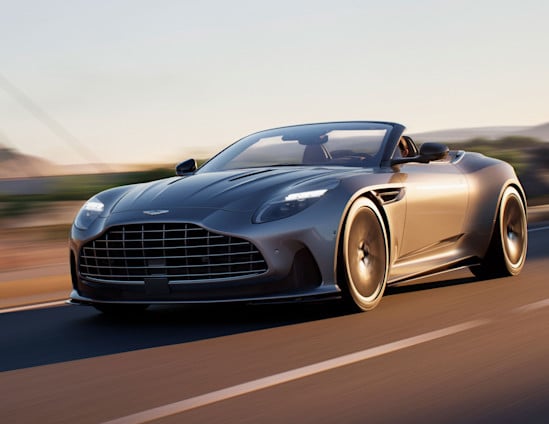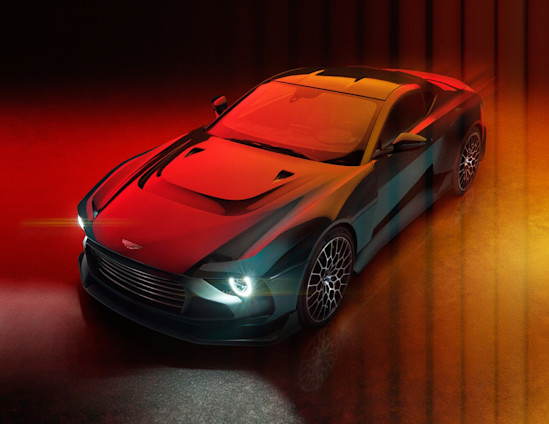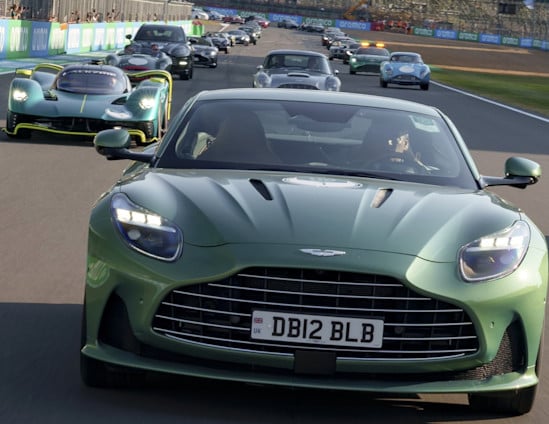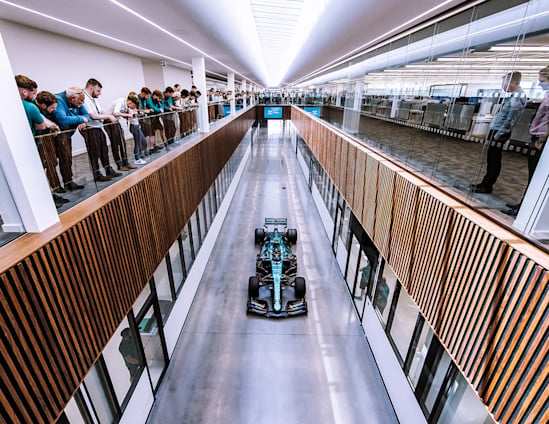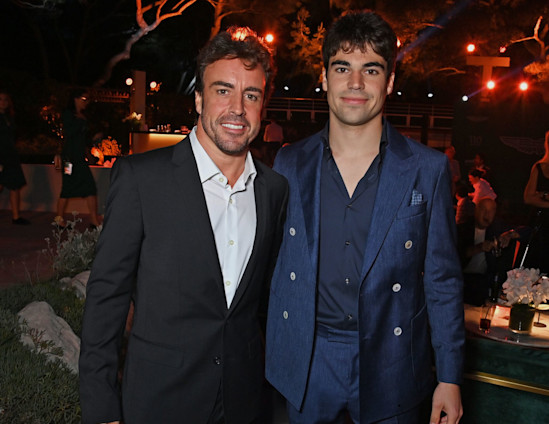
Aston Martin's first series production mid-engine supercar, Valhalla, is harnessing Formula One technology as it remains on course for production in 2024.
Aston Martin is adopting methodologies, expertise and technologies used by Aston Martin Aramco Cognizant Formula One® Team (AMF1 Team) through Aston Martin Performance Technologies (AMPT), the consulting arm of AMF1 Team.
Valhalla is a driver-focused mid-engine supercar, on course to enter production in 2024, that is benefiting from Formula One technology – with 90 per cent of the vehicle's dynamics having been completed in the simulator before the final phase moves to the road and track.
Input from AMF1 drivers, and the skills and knowledge of Lance and Fernando, brings Valhalla's dynamics to the next level as engineers push the car to the extreme edge of its performance capabilities.

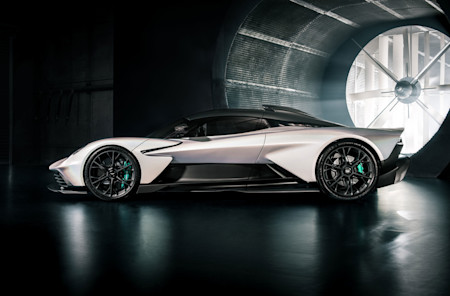
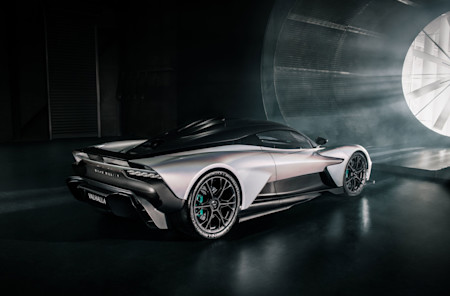
Marco Mattiacci, Global Chief Brand and Commercial Officer of Aston Martin said: "Aston Martin's vision is to build a range of exceptional, class-leading driver focused cars, crucial in the expansion of our core product line-up.
"As such our first series production mid-engine supercar will be transformational for this ultra-luxury performance brand as well as for the mid-engine segment.
"Valhalla represents Aston Martin's first joint development integration between our road car engineers and Aston Martin Aramco Cognizant Formula One® Team's F1 engineering capabilities through Aston Martin Performance Technologies and demonstrates Aston Martin's breadth of capabilities with the technical support and expertise of Formula One."
The cockpit ergonomics of Valhalla take direct cues from Formula One. The driving position has been optimised with support from AMPT to provide intense control and driving pleasure for the driver.
The carbon-fibre bucket seat can be reclined to a greater angle to evoke that of the AMR23, while a low roofline and raised pedal box only amplify the raw sensations within the cockpit.
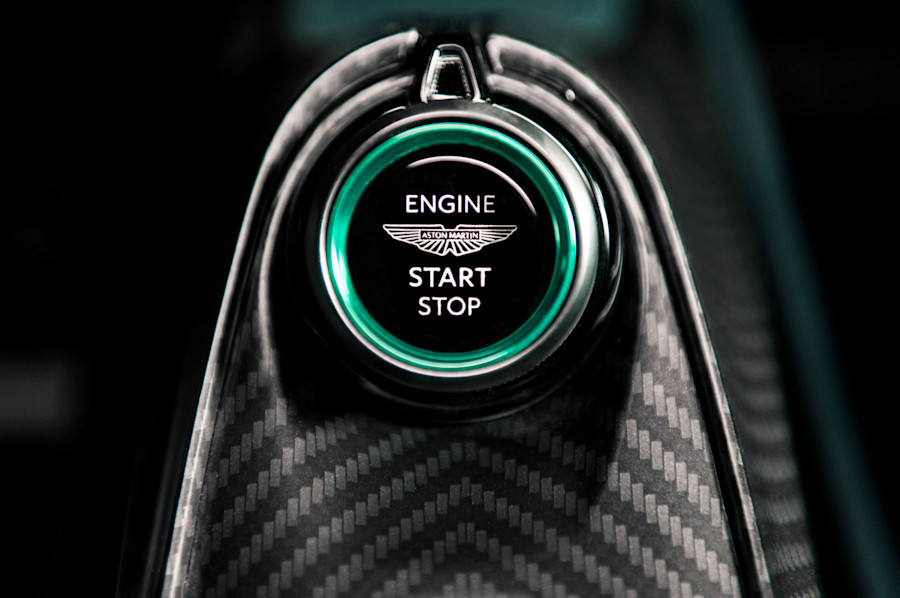
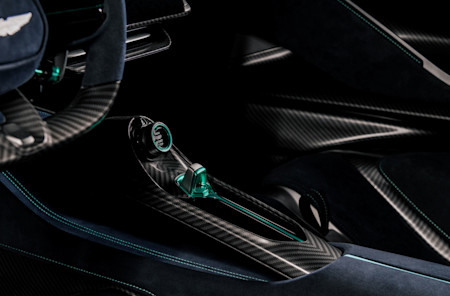
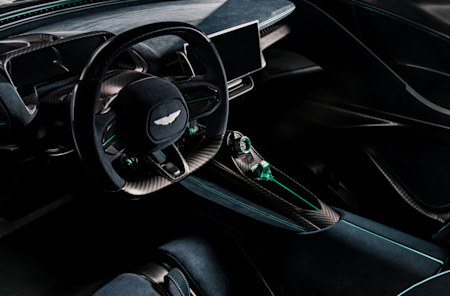
The aerodynamic capabilities of Valhalla underpin the race-driven cockpit design.
Like the AMR23, most of the downforce is generated by underbody of Valhalla. Unlike Formula One, active aerodynamic systems bolster this aerodynamic approach to optimise grip, balance and consistency depending on the situation; the car will generate more than 600 kilogrammes of downforce at 240km/h.
Claudio Santoni, Aston Martin Performance Technologies Engineering Director, said: "It is a great advantage for a car manufacturer to have access to the unique skills and knowledge of a Formula One team.
"F1 engineers are constantly pushing the boundaries in the pursuit of performance and have developed rapid problem-solving tools. With this knowledge 'in house' we can seamlessly bring F1 expertise to road car development."
Multi-element wings at the front and the rear of Valhalla further reinforce its connection to the AMR23.
The front wing can lie flat, like the Formula One DRS (Drag Reduction System) or be angled up to generate huge downforce. The rear wing can be raised to increase downforce with the angle of attack managed on the fly by the active control algorithms of the car to balance downforce and drag reduction.
Louvres ahead of the rear wheels increase downforce, inspired by Formula One vortex generators, and a roof-mounted air intake feeds the engine and cooling ducts for the engine's turbos.
Working with AMPT, the Valhalla engineering team has utilised Computational Fluid Dynamics and wind tunnel testing including a scale model and moving road wind tunnel to develop the road car in a similar manner to that of the AMR23.
Engineering done differently
Forged by the fusion of F1 team and road car engineers.
A link like never before.
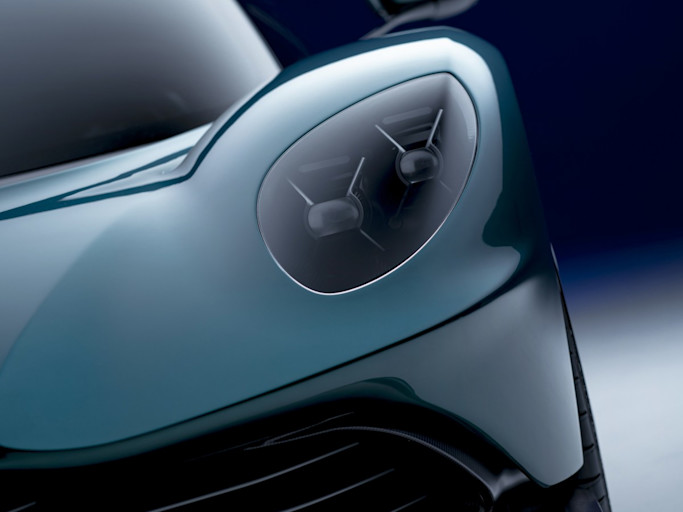
Each of the Valhalla's 999 models will be built from carbon fibre, guaranteeing rigidity, control and safety. The carbon structure has been created using a novel and proprietary technology developed for Aston Martin.
The upper and lower sections of the structure are moulded from carbon fibre using a combination of Resin-Transfer-Moulding process (RTM) and Formula One-derived autoclave technology. This results in a best-in-class dynamic structure, outstanding safety, and uncompromising ergonomics for the driver and passenger.
Powering the Valhalla is a twin-turbo flat-plane V8 engine mated with a hybrid all-wheel-drive system. Twin electric motors on the front axle enable Valhalla to feature four-wheel drive with Torque Vectoring to enable a positive steering response at turn-in, strong grip through the corner, and optimal traction on corner exit.
A third electric motor is integrated into the transition to provide power to the start for the internal combustion engine and provide additional power to the rear wheels.
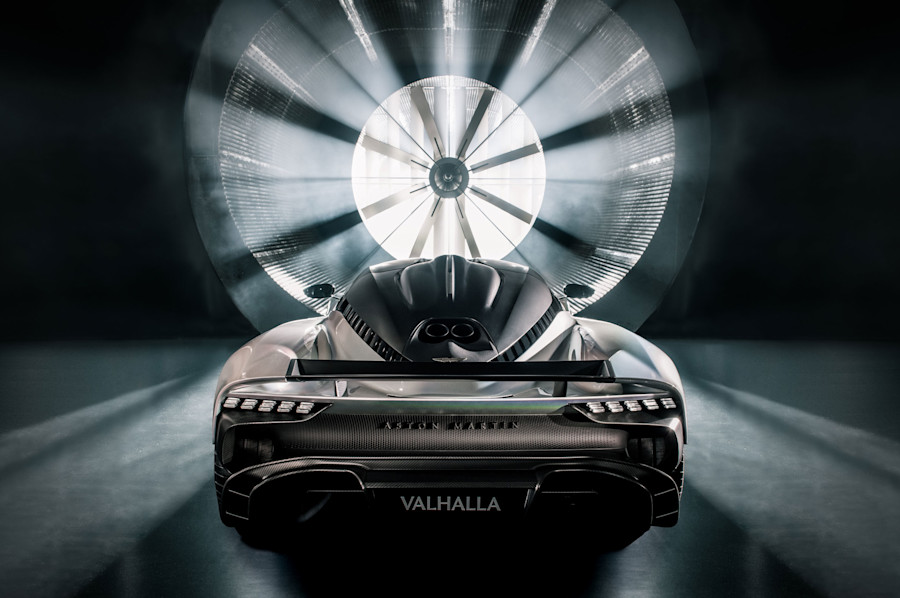

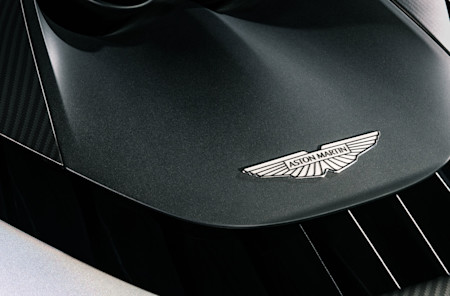
Carlo Della Casa, Aston Martin Product Development Director said: "The knowledge and experience of the AMF1 Team personnel at Aston Martin Performance Technologies combined with the skills and know how of our road car development teams has enabled us to bring direct F1 learnings to sportscar development.
"Our target for Valhalla is to produce a supercar that will set best-in-class standards for performance, dynamics and driving pleasure.
"Having open access to the knowledge within the AMF1 Team has been a huge advantage for us as we develop this incredible car."
The first running prototype of Valhalla will take to the road later in 2023 with production set to begin in 2024.
Amplify your fan experience
From exclusive collabs to once-in-a-lifetime prizes, I / AM DROPS is a new series of unique and ultra-limited moments and fan experiences.
Sign up for I / AM or sign in to unlock.




